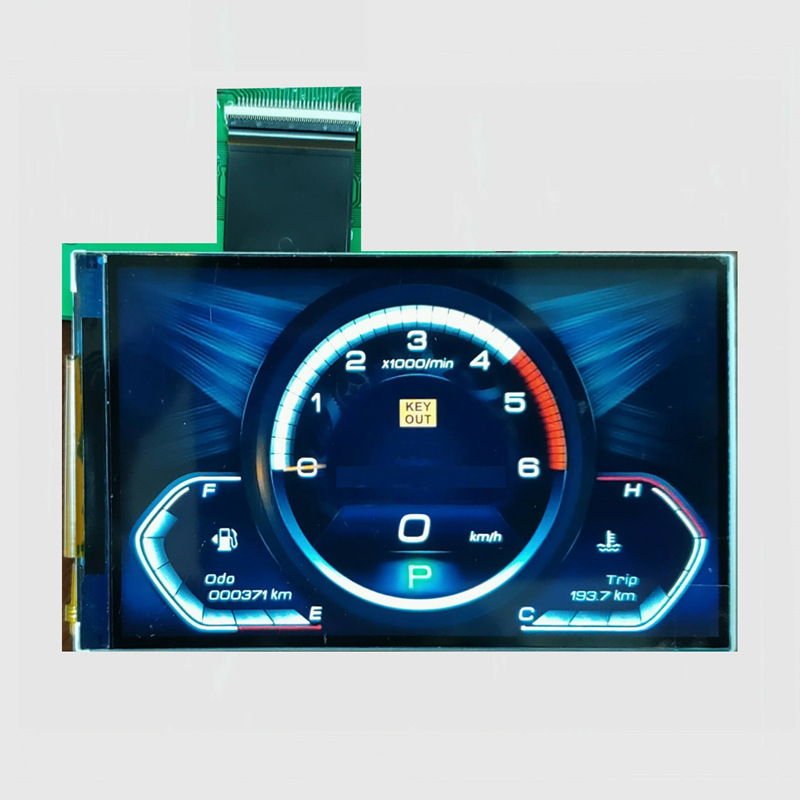When it comes to display technologies, OLED (Organic Light Emitting Diode) and TFT (Thin Film Transistor) are two popular choices with distinct characteristics. Understanding the differences between OLED and TFT display modules can help you make informed decisions when choosing a display for your application.

OLED displays are known for their vibrant colors, high contrast ratios, and fast response times. Unlike traditional LCD displays that require a backlight, OLED displays generate their own light, which allows for thinner and more flexible displays. This feature makes OLED displays ideal for applications where space and weight are critical factors.
One of the key advantages of OLED displays is their ability to deliver true blacks, as each pixel can be individually turned off to achieve deep blacks and improved contrast ratios. This results in more vivid and lifelike images compared to TFT displays.
TFT displays, on the other hand, are a type of LCD display that use thin film transistors to control each pixel. While TFT displays may not offer the same level of flexibility and contrast ratio as OLED displays, they are still widely used due to their affordability and reliability.
TFT displays are commonly found in applications where cost-effectiveness is a priority, such as consumer electronics and industrial displays. They are also known for their wide viewing angles and good color reproduction, making them suitable for a variety of indoor and outdoor applications.
Display Technology: OLED displays use organic compounds that emit light when an electric current is applied, while TFT displays use thin film transistors to control the light from a backlight.
Contrast Ratio: OLED displays offer a higher contrast ratio compared to TFT displays, resulting in more vibrant colors and better image quality.
Power Consumption: OLED displays consume less power than TFT displays, especially when displaying darker content, as OLED pixels can be turned off individually.
Flexibility: OLED displays are more flexible than TFT displays, allowing for curved and flexible display designs.
Price: TFT displays are generally more affordable than OLED displays, making them a popular choice for budget-conscious applications.
Durability: OLED displays are more prone to screen burn-in compared to TFT displays, which can affect the lifespan of the display.
In conclusion, both OLED and TFT display modules have their own set of advantages and disadvantages. OLED displays offer superior image quality and flexibility, making them ideal for applications where high-quality visuals are important. On the other hand, TFT displays are more affordable and reliable, making them suitable for a wide range of applications. Ultimately, the choice between OLED and TFT displays depends on your specific requirements and budget constraints.
Comments
Please Join Us to post.
0